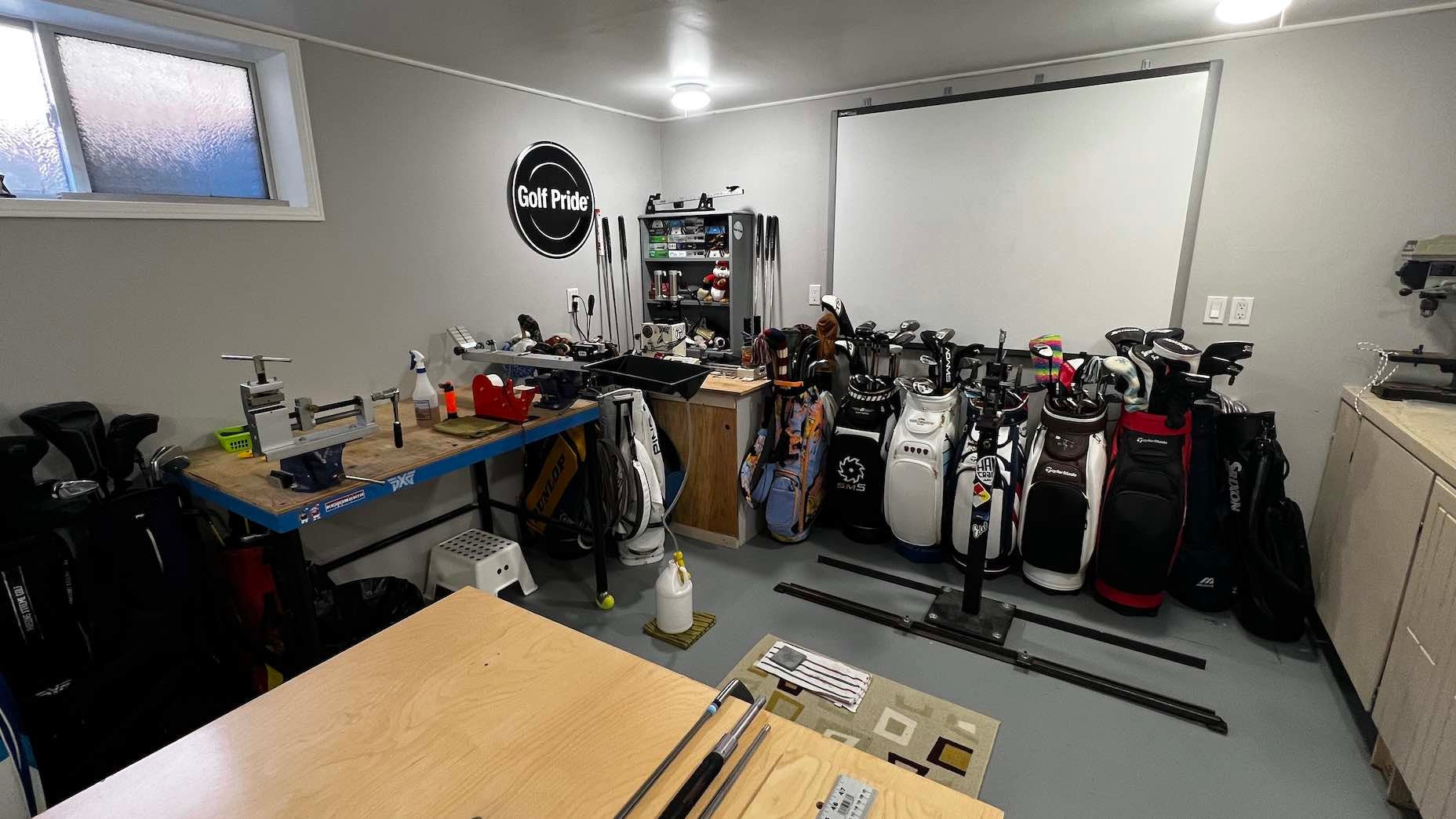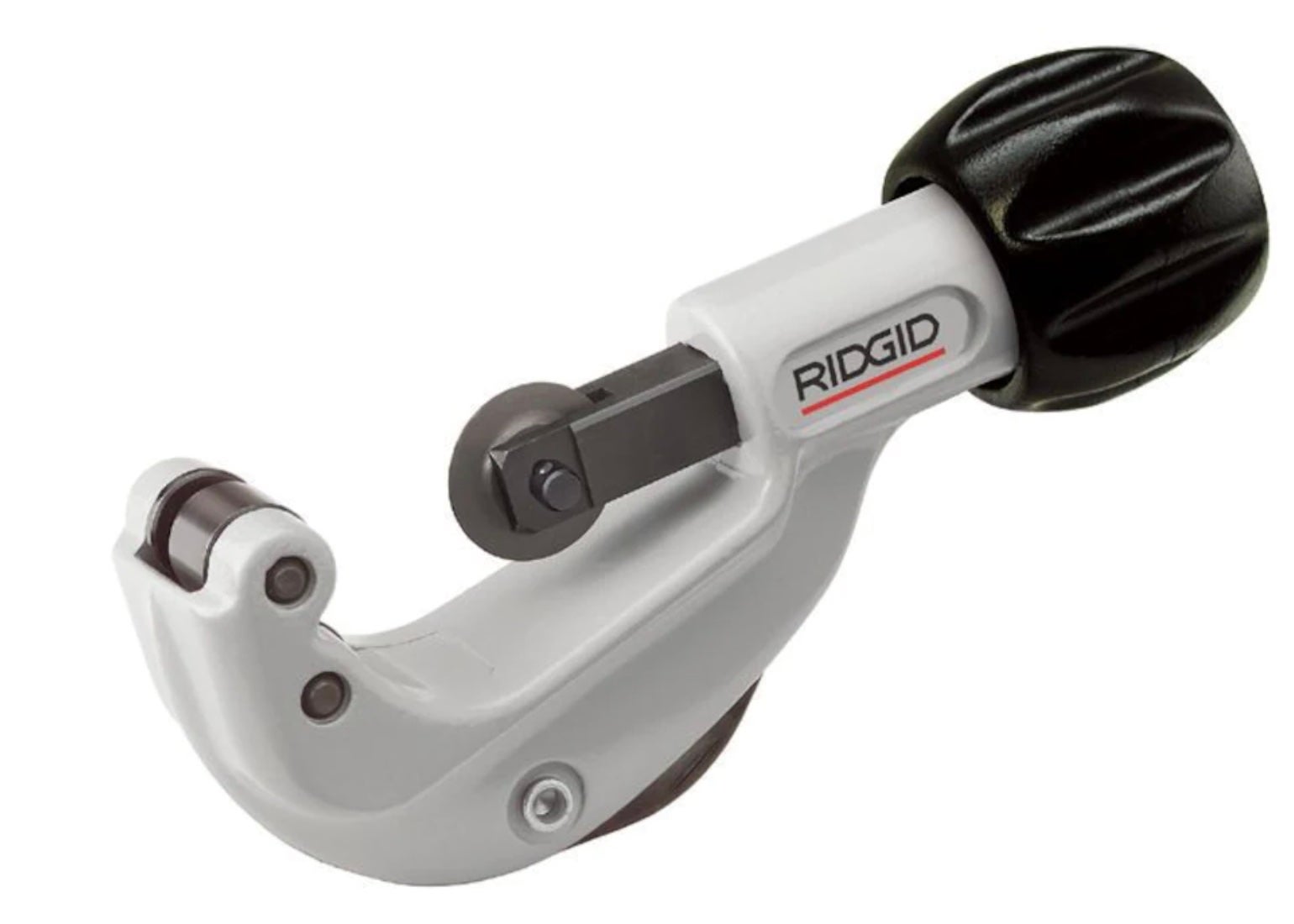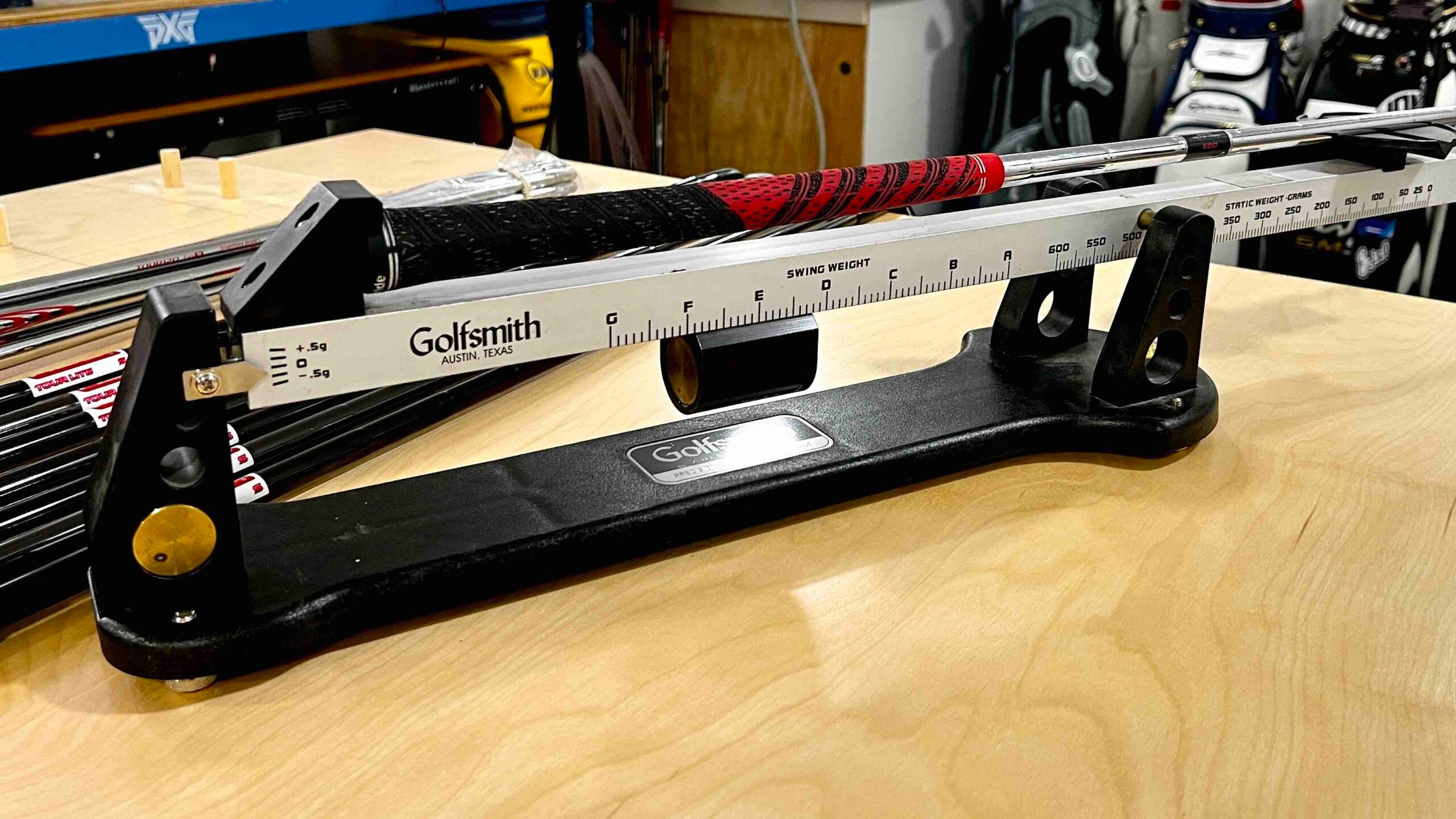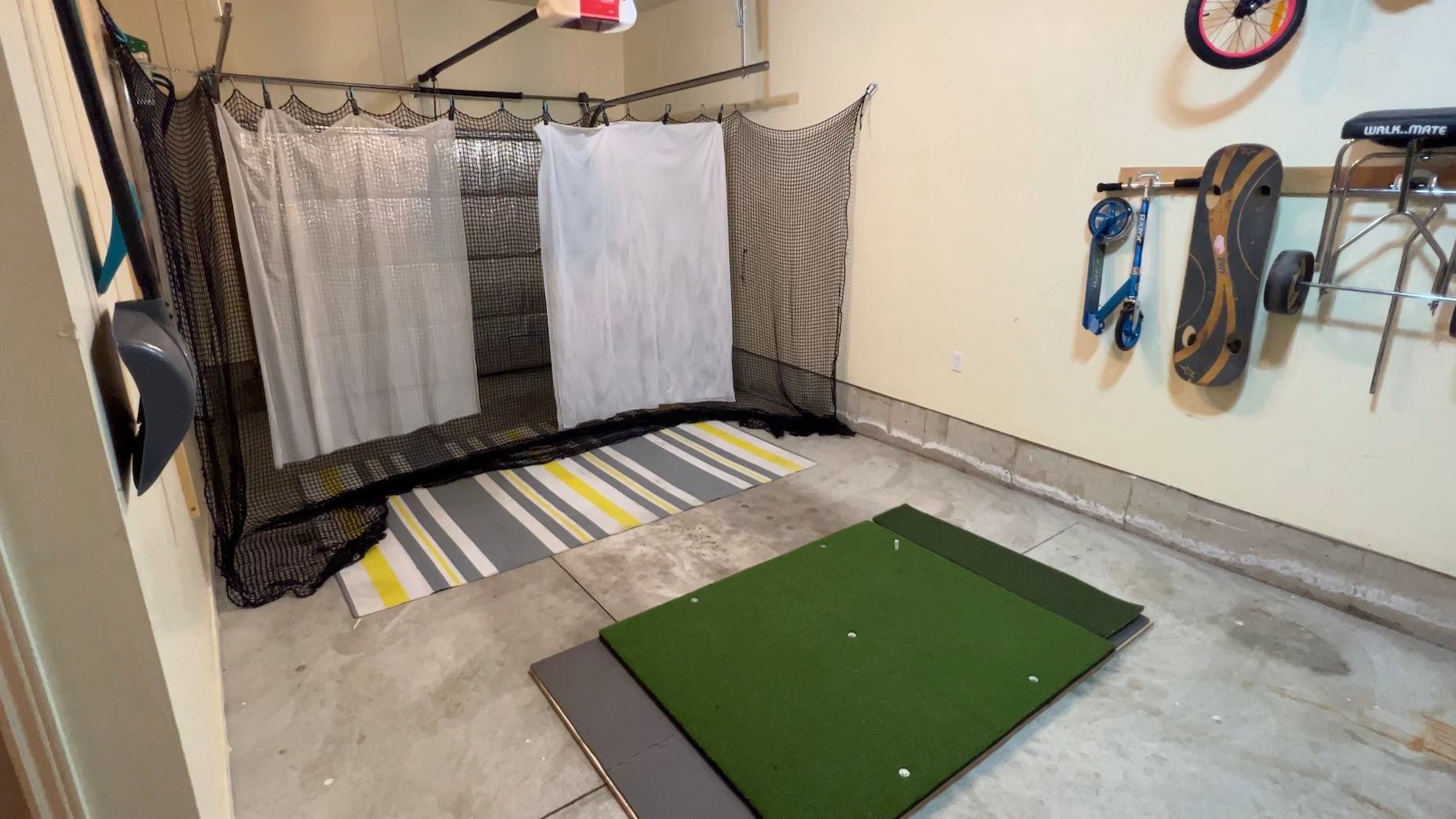How to build golf clubs: All the tools you need to get started

Want to build golf clubs? Here's the perfect beginner's guide to the tools you need to safely build and repair your own golf clubs at home.
Ryan Barath
Golf is full of things you can fix — your chipping, your slice and your putting — but what about your golf clubs? With so many questions about how to fix and repair clubs (and many of the easiest fixes requiring only a few tools and a small workspace) this is a simple beginner’s guide to club repair.
Safety first
Like anything that requires tools, the first and most important thing will always be safety. So whether you’re working with sharp knives, a saw, or a source of heat, make sure to use gloves when required and always wear safety glasses.
Getting started
If you’re just getting started, one of the most important pieces of advice I can offer is to start small and work your way up. A great way to do this is by learning to work on wedges, since they often don’t have plastic badges that can be ruined with too much heat. Plus, used ones to learn on can be found at inexpensive prices.

Since most wedges are steel-shafted, it also makes learning to regrip easy since you don’t have to worry about scratching or potentially crushing a graphite shaft in a clamp.
A workbench
The most basic workbench is something like a portable Workmate, which can be brought out when needed and can also double as a vice so you can quickly hold clubs to either change a grip or pull a club head off.

The next step is a more permanent solution with a larger counter area that allows you to spread out and be organized when working on clubs. A larger bench also creates space for tools that are more difficult to store, like saws and belt sanders, and it also offers a stable surface to mount a vice — which is one of the most useful tools you can have when working on golf clubs.
Vise
Being able to properly secure a club when pulling off a club head or cutting a shaft using a pipe cutter makes the task much safer. A small mountable 5-inch vise with a rotating base is all you need, and down the line, it can be used to help regrip clubs or hold a graphite shaft puller, if you end up expanding your tool collection.
Pipe cutter/saw

If you are only going to be working with steel shafts and doing clubs once in a while, the easiest, cleanest and quietest solution is a handheld pipe cutter. It might take a bit longer than using a highspeed chop saw, but it is one of the most effective tools for cutting any type of steel shaft and also doesn’t create any dust, which is a nice bonus when working in smaller spaces.
The next step up for graphite is a high-speed chop saw that will prevent splintering and help speed up the process when working on full sets. Just be sure to use a blade intended for cutting steel and graphite and have proper ventilation in your work area.
A gripping station
If you have a vice and a small rubber clamp, you’re already most of the way there to gripping golf clubs. The last thing you’ll need is a catch tray to collect extra grip solvent that runs off during the process.

If you are looking for a faster and more all-in-one solution, you can find full gripping stations that can mount into a vice and come with a quick-set clamp to help speed up the process. They also have guides to make aligning grips easier.
Swing-weight scale

Having a basic swing-weight scale will help make sure that built clubs end up at the final, correct spec. It also gives you the opportunity to experiment with understanding what works best for your game and preferred feel.
Other must-have small tools
— Cordless drill and bits
— Micro butane torch
— Small club parts: ferrules and tip weights
— Two-sided tape
— Grip solvent
— Retractable knives: straight and hook blades
Want to overhaul your bag for 2023? Find a fitting location near you at True Spec Golf.




